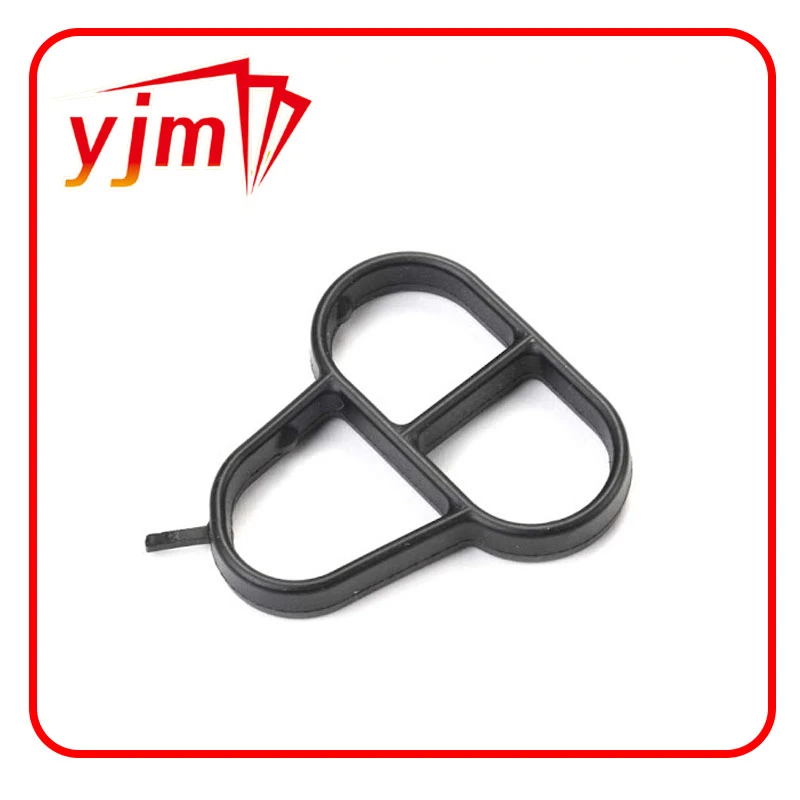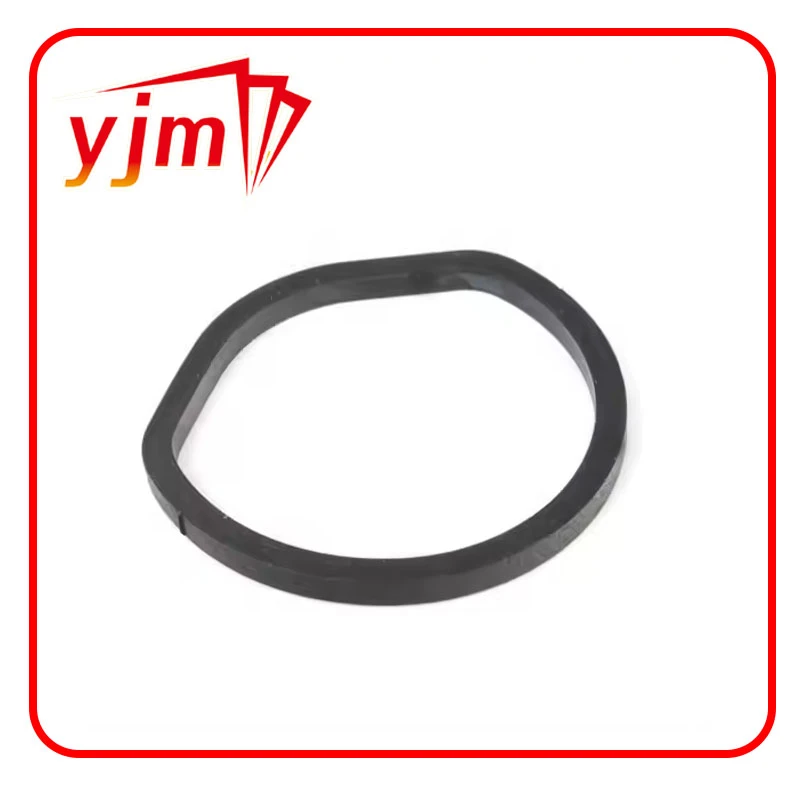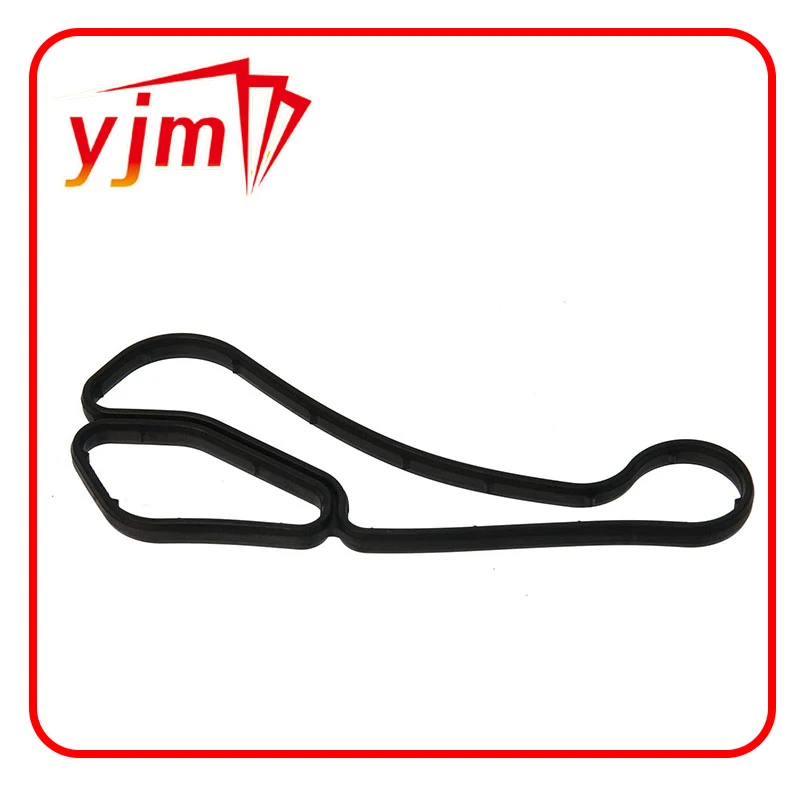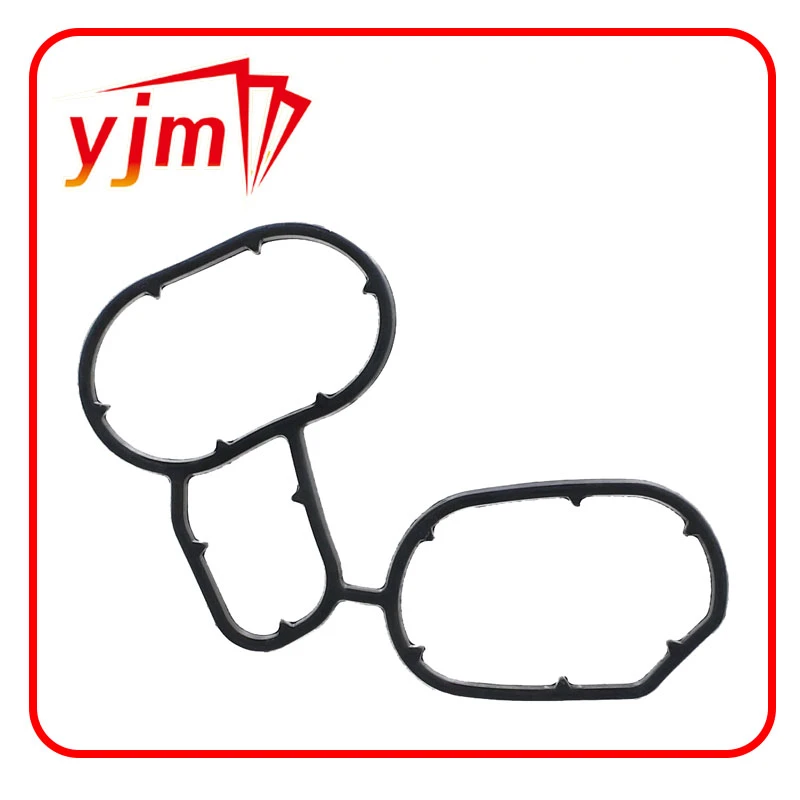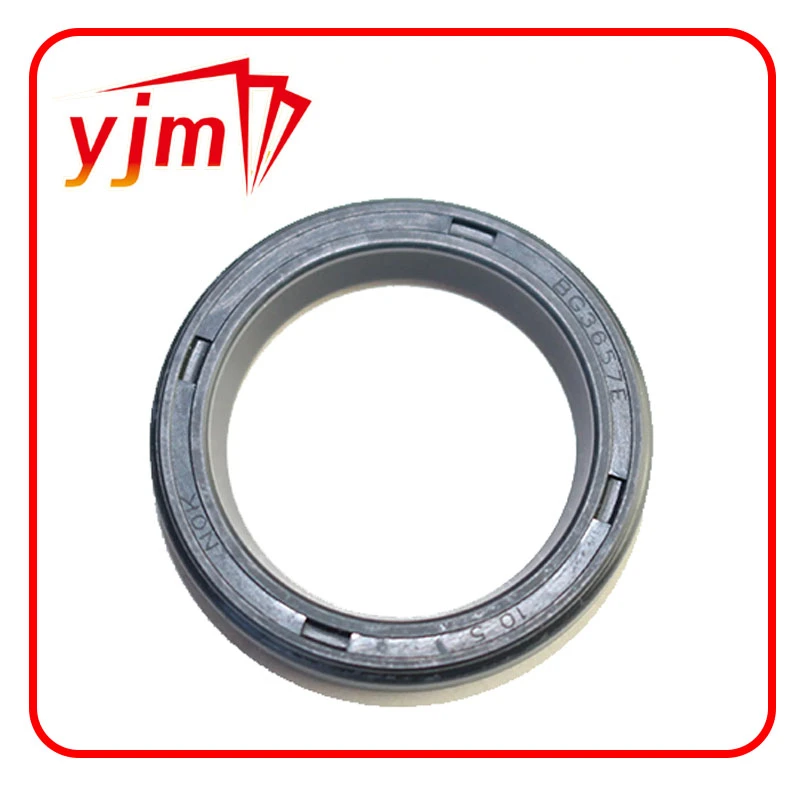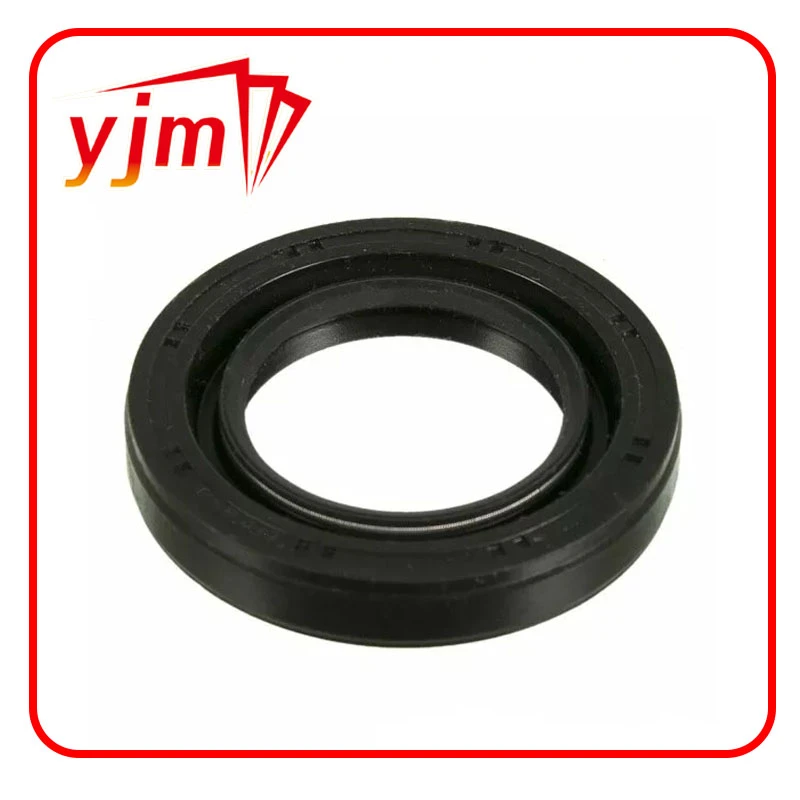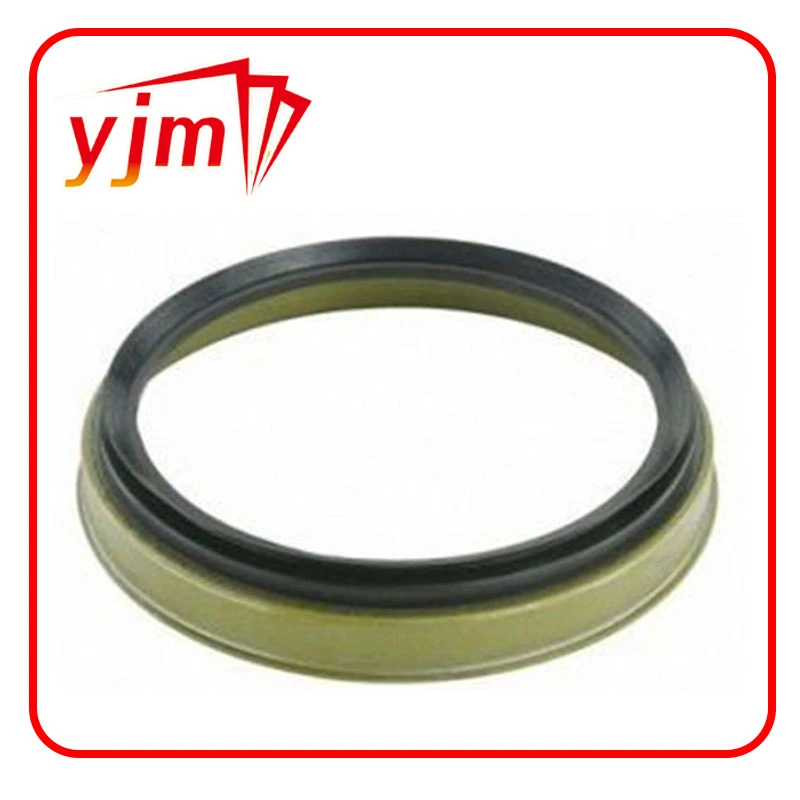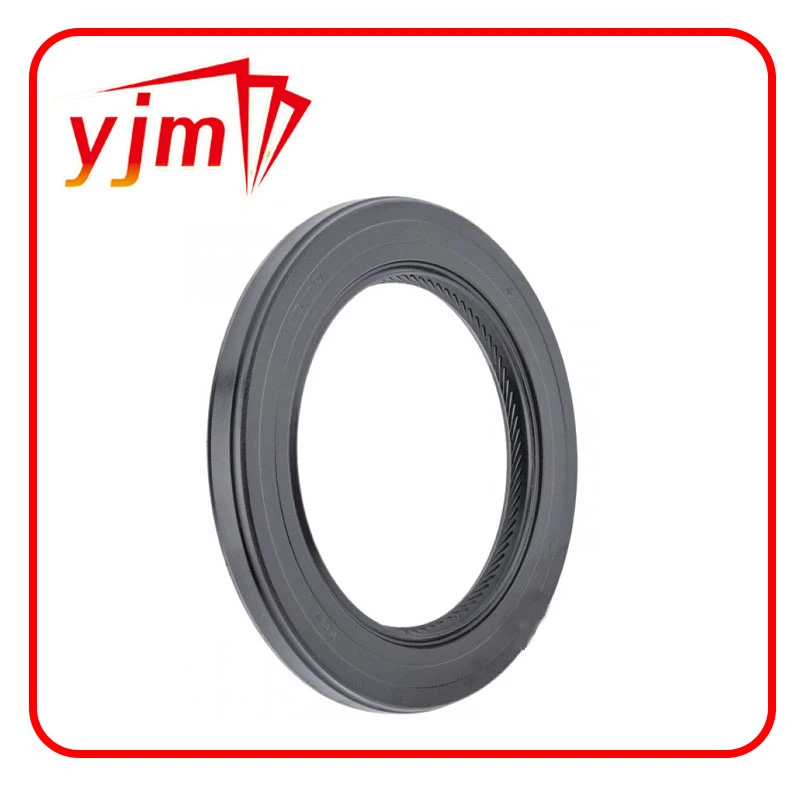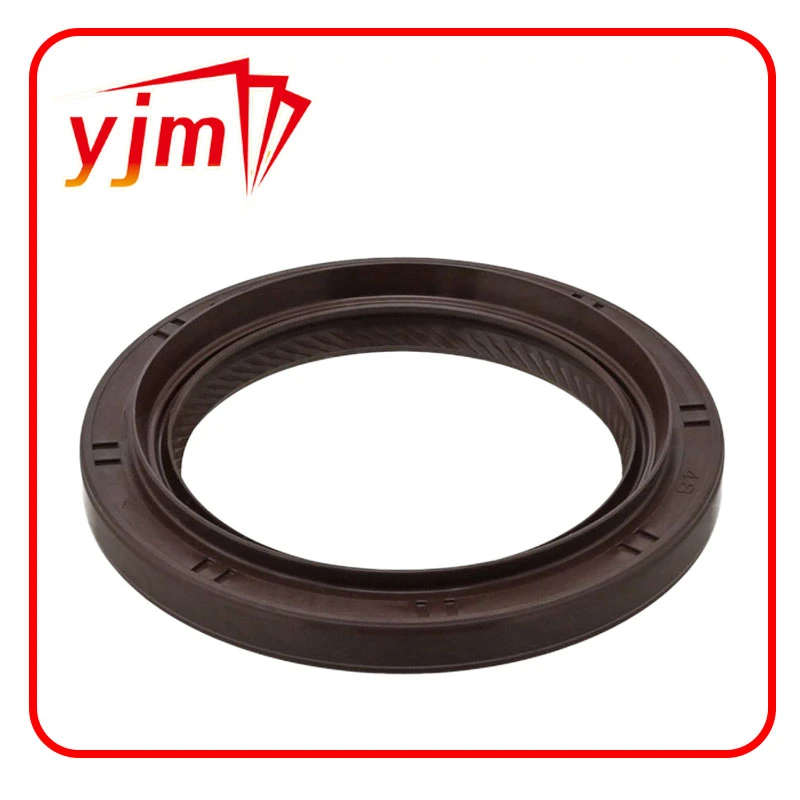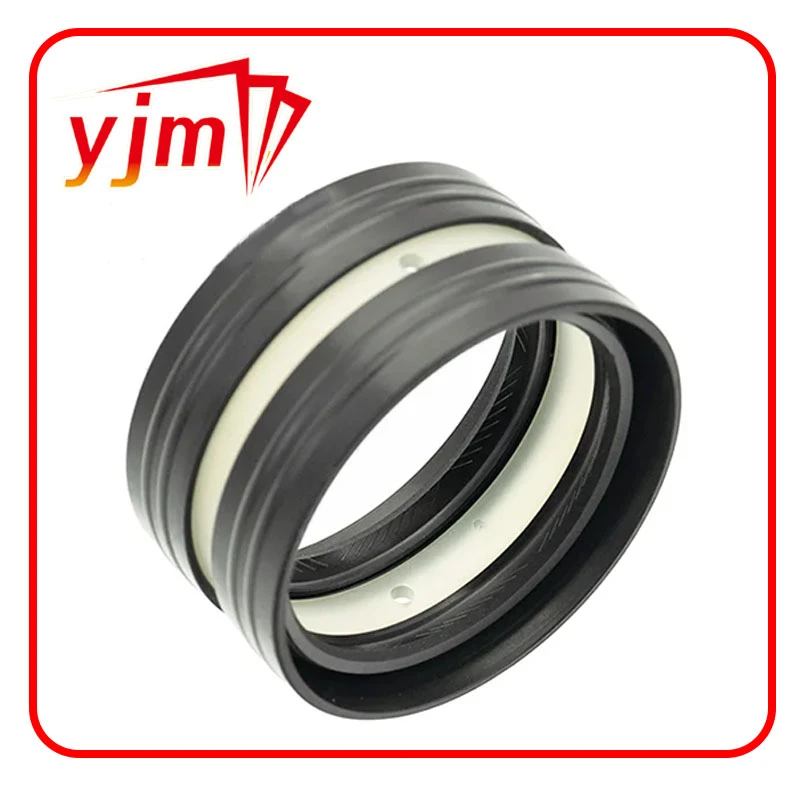The Complete Guide to Engine Oil Gaskets: Types, Functions, and Maintenance
When it comes to maintaining a leak-free, smooth-running engine, one of the most critical yet often overlooked components is the engine oil gasket system. From the engine oil pan drain plug gasket to the full engine oil pan gasket set, these sealing elements ensure that oil stays where it should—inside the engine, lubricating moving parts and preventing costly damage.
In this article, we’ll explore the importance of various gaskets like the engine oil sump gasket, engine pan gasket, and engine sump gasket, explain their differences, and provide tips for proper maintenance and replacement.
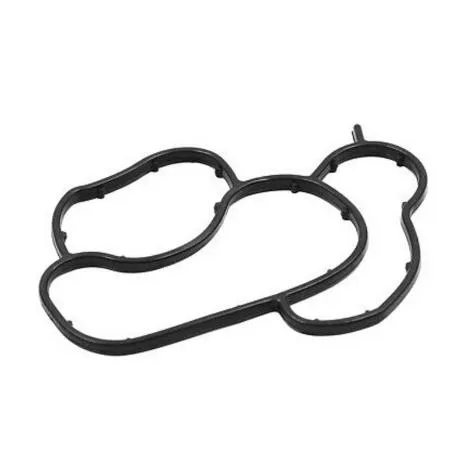
What Is an Engine Oil Gasket and Why It Matters
An engine oil gasket is a flexible seal placed between two surfaces to prevent oil leaks. These gaskets are designed to withstand high temperatures, constant vibration, and exposure to oil and contaminants. Their job is to seal parts such as the oil pan, oil sump, and drain plug, ensuring the engine’s lubrication system stays closed and efficient.
Types of Engine Oil Gaskets
Engine pan gasket: Seals the oil pan to the bottom of the engine block.
Engine oil sump gasket/engine sump gasket: Another term often used interchangeably with oil pan gasket, especially in European vehicles.
Engine oil pan drain plug gasket: A small gasket placed under the oil drain plug to prevent oil from leaking during and after oil changes.
When any of these gaskets fail, oil can seep out, leading to low oil levels, increased engine wear, and potentially severe mechanical failure.
All About the Engine Oil Pan Gasket Set
When replacing or repairing a vehicle’s lower engine components, many mechanics recommend using a full engine oil pan gasket set. This set typically includes:
The main engine pan gasket or engine sump gasket
New bolts or fasteners
Engine oil pan drain plug gasket
Optional RTV silicone sealant (depending on the gasket type)
Replacing the entire set ensures that all potential leak points are addressed at once, especially if the oil pan has been removed for inspection, cleaning, or repair.
Benefits of a Gasket Set
Comprehensive leak protection
Convenient for full service or rebuilds
Matches OEM specifications for perfect fit and performance
If you’re performing a DIY oil pan removal, investing in an engine oil pan gasket set is an efficient and reliable solution.
Key Differences Between the Engine Oil Sump Gasket, Engine Pan Gasket, and Engine Sump Gasket
While these terms may seem confusing, they often refer to the same or closely related components. Let’s break them down:
Engine oil sump gasket and engine sump gasket are mostly used interchangeably, particularly in British or European automotive terminology. These refer to the gasket sealing the oil sump (or oil pan) to the engine block.
Engine pan gasket is more common in North American terminology and refers to the same component—connecting the oil pan to the engine.
Despite the different terms, their function is identical: to provide a leak-proof seal that keeps engine oil inside the oil pan.
Pro Tip:
Always check your vehicle’s manual or parts catalog to ensure compatibility before purchasing a replacement gasket. Some models may have specific designs or bolt patterns.
Importance of the Engine Oil Pan Drain Plug Gasket
Though small, the engine oil pan drain plug gasket plays a vital role in preventing post-oil-change leaks. Every time you remove and reinstall the oil drain plug, this gasket compresses to form a tight seal. Reusing it too many times can lead to oil seeping out slowly.
When to Replace:
During every oil change
If oil is leaking from the drain plug
If the gasket is cracked, deformed, or missing
These gaskets are typically made from copper, aluminum, or rubber. It’s a simple and inexpensive part but crucial for maintaining oil system integrity.
Gasket Materials: What Makes a Quality Engine Oil Gasket
The durability of your engine oil gasket depends largely on its material. Modern gaskets are engineered to handle extreme operating conditions, and choosing the right type is essential for leak prevention.
Common Materials:
Cork: Traditional and affordable but not ideal for high-performance engines.
Rubber: Flexible, reusable, and common in newer vehicles.
Silicone/RTV: Used in custom applications or in combination with rubber gaskets.
Metal-reinforced rubber: Offers the best durability and sealing strength for performance engines.
Each material has its pros and cons depending on the engine design, driving conditions, and temperature exposure.
Final Tips for Gasket Installation and Maintenance
Proper installation is just as important as choosing the right gasket. Here are a few essential tips:
Clean surfaces thoroughly: Old gasket residue or oil can compromise the seal.
Apply torque correctly: Follow your manufacturer’s torque specifications to avoid warping the oil pan.
Use sealant sparingly: Only apply RTV if specified—too much can cause blockages in oil passages.
Inspect regularly: Look for oil residue around the oil pan and drain plug during routine maintenance.
By following these steps, you can ensure a leak-free, long-lasting seal and keep your engine running efficiently.
Whether you’re performing a full rebuild or simply fixing a small oil leak, understanding your engine oil gasket system is essential. From large components like the engine oil pan gasket set to small but crucial parts like the engine oil pan drain plug gasket, every gasket plays a vital role in maintaining oil pressure and preventing leaks.
By recognizing the purpose of different terms like engine sump gasket, engine oil sump gasket, and engine pan gasket, and choosing the right materials for your application, you can ensure long-term reliability and engine performance. Taking care of your gaskets means taking care of your engine.
-
The Ultimate Guide to Choosing the Right Car Repair Kit for Every Situation
Nyheder Jul.18,2025
-
The Complete Guide to Pan Gaskets: Sealing Your Engine and Transmission with Confidence
Nyheder Jul.18,2025
-
Oil Pan Gaskets Demystified: Types, Functions, and Application Tips
Nyheder Jul.18,2025
-
Mastering the Oil Seal: A Complete Guide to Engine Oil Pan Gaskets and Components
Nyheder Jul.18,2025
-
Everything You Need to Know About Building the Perfect Repair Kit for Your Car
Nyheder Jul.18,2025
-
Understanding the Engine Oil Drain Plug: Maintenance, Issues, and Upgrade Options
Nyheder Jul.18,2025
-
The Rise of the Plastic Oil Drain Plug: Pros, Cons, and Best Practices
Nyheder Jul.18,2025
Produktkategorier

